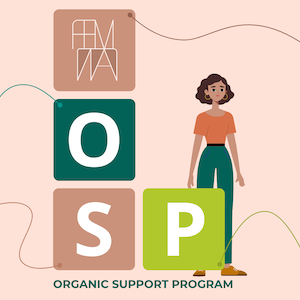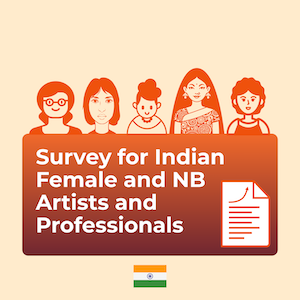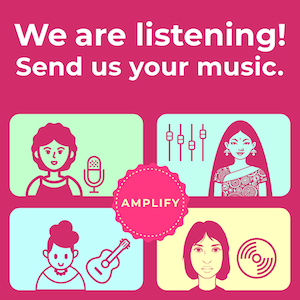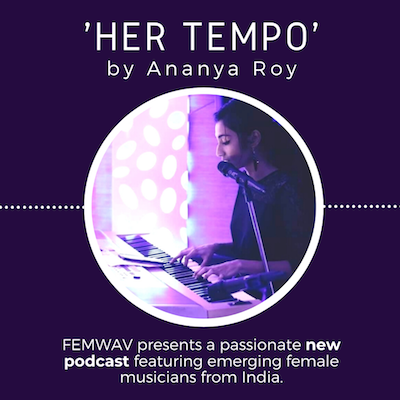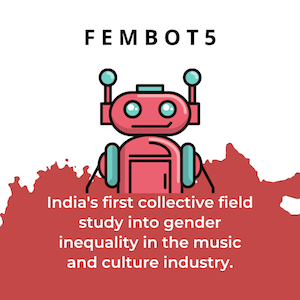 |
| Transgender beauty contestants in New Delhi. Photo: AFP |
A look at gender-based violence on public or shared transport
Foremost to consider is that in spite of rapid urbanization 80% of India is still rural and therefore has access to next to none civic amenities, including transportation. While the definition of urban can vary e.g. if we were to employ simple population cutoffs, India would be considered a lot more urban than rural. Other than that, as far as as urban amenities go, India has a lot of catching up to do. For that matter, Indian suburbs cannot really boast of great interconnectivity and consequently have no nightlife to speak of. Said nightlife is packed heavy into its metropolitans - for the residents of these cities as well as visitors looking to partake.This status quo makes the scene appear deceptively insignificant, until you start talking numbers. Indian Food Services market in India (organized and unorganized) is estimated at INR 3,37,500 crore in 2017 and is projected to grow at a CAGR of 10% over the next 5 years to reach INR 5,52,000 crore by 2022. Two mega metros, Mumbai and Delhi NCR contribute to 22% of the overall Food Services market (11% each) followed by six mini metros (Pune, Ahmedabad, Bengaluru, Chennai, Hyderabad and Kolkata) comprising of 20% share in the Food Services market.
The key driver for this growth India's under-30 population. The combination of increased disposable income and internet savvy has given us unprecedented access to global trends and we have shown great interest in participating in them. An enormous block of these contributors consists of women and the LGBT community.
Vibrant, sustainable and structured evening and night time economies create towns and cities for all ages, cultures, creeds and genders.*Now consider the weekend. Consider the nights you like to go out, as a trans or cis woman or gender non-conforming people. Consider all the factors that decide whether you actually make it to said gig or festival. Consider the number of times you have called it quits on a night of going out due to lack of viable transportation.
'Viable transportation' takes on newer, insidious layers when discussing it in the Indian context, especially more so in New Delhi than any other city. Most metros now have a functional metro rail networks, auto rickshaws, cab services - shared or otherwise. However, every woman or female presenting person knows the tremendous burden of navigating Indian public transport, with the constant threat of imminent sexual harassment looming over them every single time they leave home.
Based on interviews with over 1,000 people at seven railway stations in Mumbai, 54% said they had experienced sexual harassment. Out of these, 88% were women. Touching and groping was the form of sexual harassment more frequently reported, and 34% of the women said they felt unsafe at the railway stations.**Women in India suffer sexual violence and harassment with terrible regularity, as a significant number of them is relegated to use of public transport for night-outs. Dealing with sexually motivated comments or gestures is so common that it is expected. Trans women or those who do not 'look' like they fall within the gender binary are always at an even greater risk than cis women, experiencing a greater probability of advanced levels of aggression due to their identity or presentation - something India has in common with the rest of the world. Let's not forget that the more affordable options such as the metro system do not operate during most of partygoer hours.
A lot of regular partygoers are upper or upper-middle class, opting instead to use own vehicles or cab services. To no one's surprise, however, cab services have proven to be just as unsafe. Regular incidents of violence and acts of severe privacy violation continue to occur, in spite of central government's move to regulate cab service providers and ostensibly set up better background checks.
The road is not a welcoming place for women and non-binary people of India, because the issue is not simply one of access to facility, but of culture norms that masculinize spaces to establish spatial patriarchy. If one were to eschew public transport altogether, we are all still painfully aware of harassment at hands of acquaintances and friends who you may begrudgingly accept a ride from. A 'harmless' kiss stolen when you are drunk and blaming it on misreading of signals. Insisting on rerouting to a different destination that the one originally agreed on. Suddenly becoming too drunk to drive you to your home and offering to stay at theirs. This is not even about exclusion, but exploitation. Sexual assault and violence is the rent you pay for using transportation in India.
Violence-free public motility cannot exist in a country where there is almost zero bystander intervention in case of assault. This lack of empathy with victims is just another consequence of internalised norms like 'boys will be boys' that repackage incessant touching and unwelcome sexual advances as compliments. Good girls don't complain and we must all be good. The onus must always lie with the victim, who are then expected to alter their own behaviour if they wish to avoid danger, to avoid 'inviting harassment'.
Intervention, however, is the first line of defense when installing safety barriers for those who may be vulnerable. A lot of us have internalised misogynist norms because of their sheer ubiquity, as a result failing to signal Friends we know took liberties with women or like to negotiate consent with those that are vulnerable. An ex we know has a history of violence and abuse. An artist whose music you enjoy known for repeated sexual misconduct. All people we have perhaps not actively supported but consistently provided benefit of doubt to, because the duty bearers were of less import to us than the perpetrator.
Nearly all women (94%) said they did not report their experience to the police, and 83% were not aware of their rights under the law. Indeed, most people who said during the Safecity audit that they were harassed refused to report it even on the Safecity mapping platform, stating that sexual harassment is just a part of their everyday life.**
Women, non-binary, and gender non-conforming people especially opt to make themselves invisible in face of harassment, as the unspoken question of what they did to instigate it always hangs heavy over them. The fear of intervening on their behalf is easily understood, but intervention is necessary to build a culture of it. When we look the other way, we make it okay to look at other way for entire generations. We cannot expect values from others that we claim to espouse but do not withhold. We cannot lay claim to a belief system that only lasts until it causes discomfort or gets in way of personal ambition, because look where it has got us.
Only a concerted push toward greater sensitisation toward gender and queerness at all levels can increase gender inclusivity of public spaces.***Hiring women, non-binary, and gender non-conforming staff, planners, and key authorities is also key to create safer transit spaces for everyone that are not blind to the interrelationships between gender and transport. In this aspect India has only made some tokenistic headway by pushing for women cab drivers and instances of recruiting trans workers. Many of the latter employed were forced to quit soon after due to unfair compensation and harassment.
It is also time to give serious thought to 24/7 availability of public transportation and complete overhaul of public transit systems as they stand, including reliable and clear schedules. Gender sensitization training needs to become the norm in every aspect of the Indian lived experience, including for public transport personnel and authorities alike, as well as functional complaint and redress mechanisms.
Laying a holistic foundation for diversity and safety in public is the collective responsibility of government and cultural bodies, night workers such as owners, promoters, artists, managers, as well as infrastructure planning commissions/planners, licensing authorities, police, chambers of commerce, business improvement districts and cultural quarters. Matters of safety must always remain central to all discussions pertaining to the night time economy. As things stand, India's entire cultural identity and folkfore is fading fast in face of its position as the most dangerous place for women and gender non-confirming folk. Not to mention that up to one third of a country's economic output could be had from a sound, inclusive night time economy.*
What are some practices you have seen that are hoping to tackle sexual violence on your ride home or to the venue enacted by local clubs, promoters, artists, or collectives? Whether you are an artist or attendee, what has your experience been thus far when commuting to venues? How often are you deterred from going out owing to transportation safety issues? Do you think it is fair to expect low-income individuals or those that live at a distance from club districts to be okay with not participating at all? General check-in for well-being, assistance to intoxicated individuals, and providing information on informed consent are all practices that need to be embedded firmly within club culture. Would you be open to be deployed as a volunteer perhaps one night a month to provide said assistance? What is required, in your opinion, to create a safer night-time mobile culture in India? Tell us in the comments or email us here.
* A Guide to Managing Your Night Time Economy by Sound Diplomacy and Andreina Seijas
** https://www.itf-oecd.org/sites/default/files/docs/womens-safety-security_0.pdf
***https://www.news18.com/news/buzz/discrimination-again-what-the-free-public-transport-in-delhi-may-mean-for-transwomen-2175749.html
Written by Uvika Wahi












